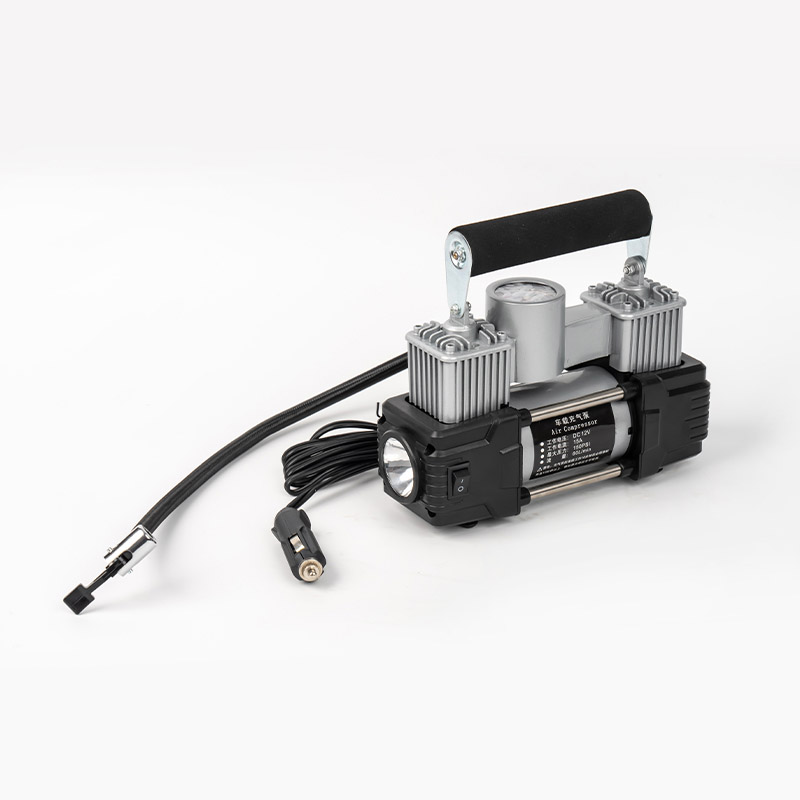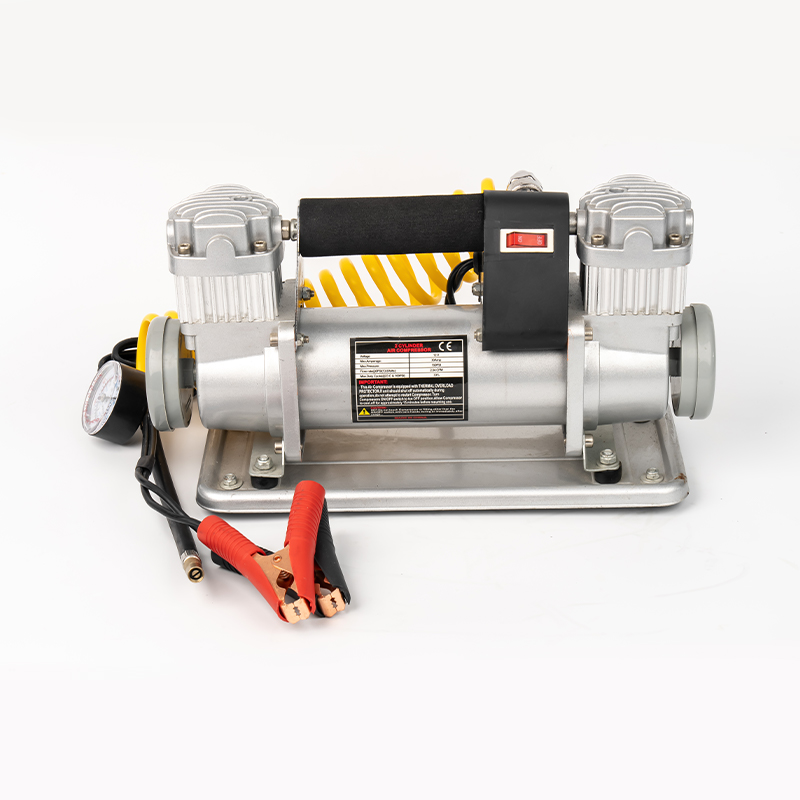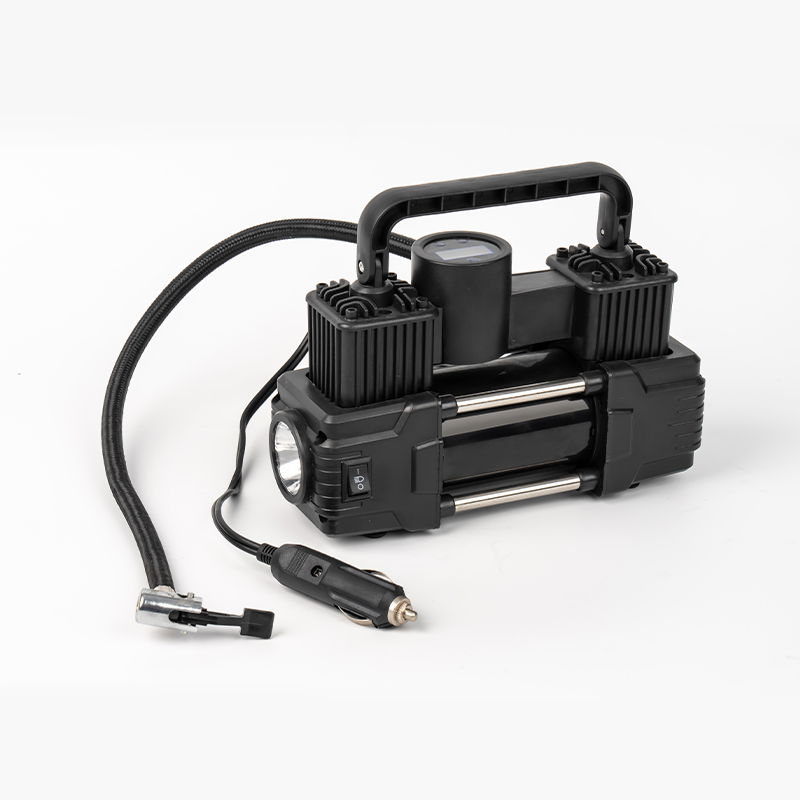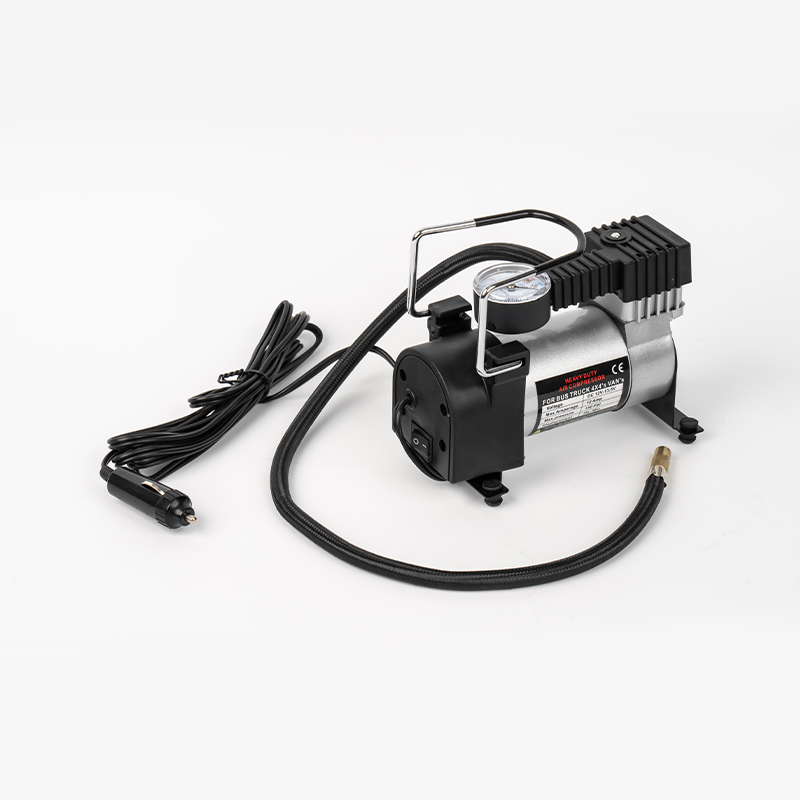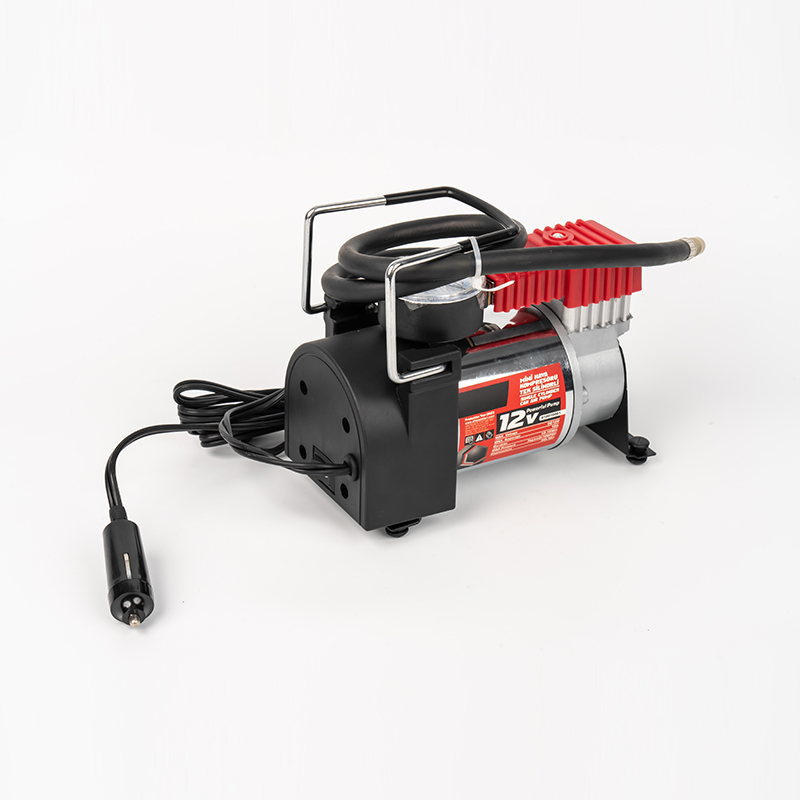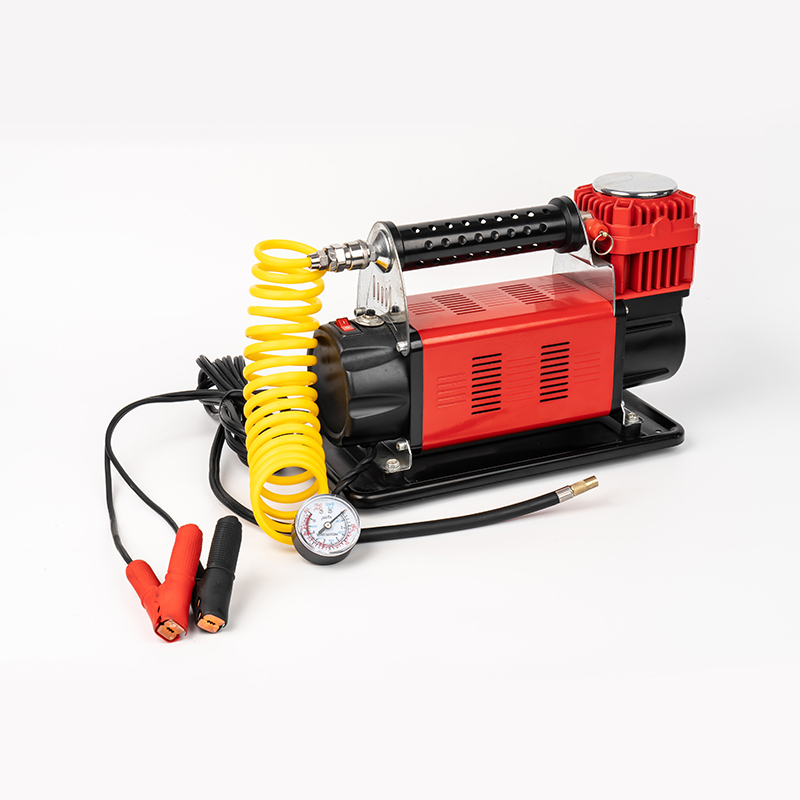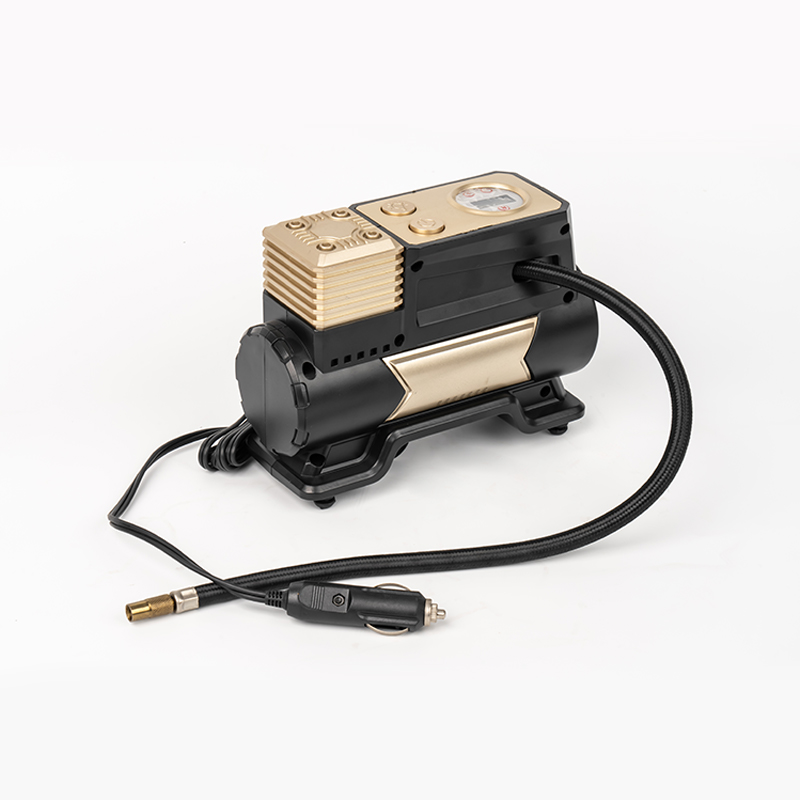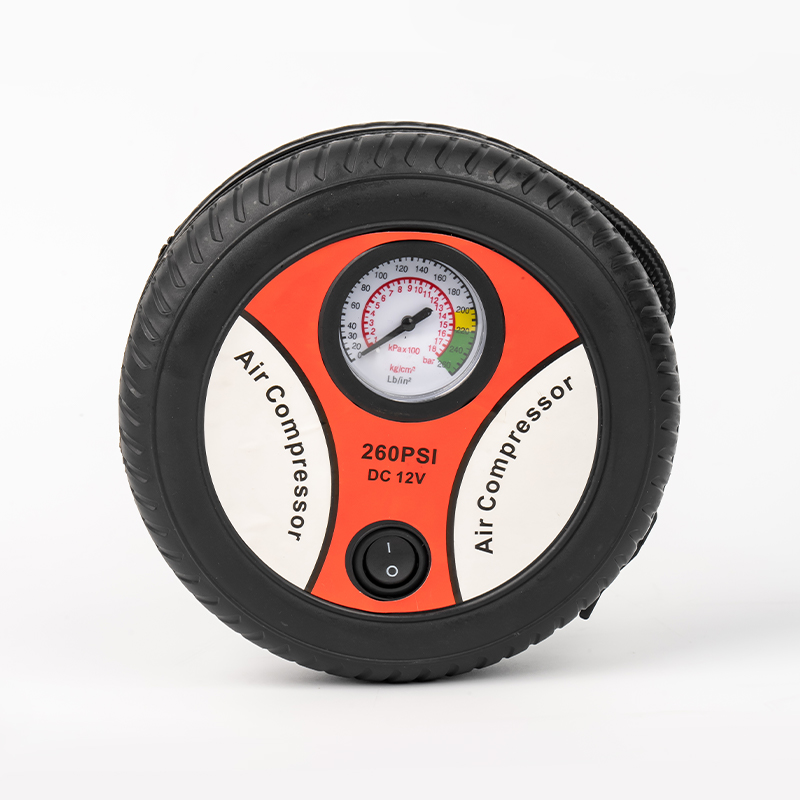Maintaining correct tire pressure is fundamental to vehicle safety, fuel efficiency, and tire longevity. While owning an automotive tire inflator is a smart step, using it correctly is crucial.
1. Preparation is Key: Gather Your Tools & Information
Locate Recommended PSI: Never guess tire pressure. Find the manufacturer's recommended pressure (measured in PSI - Pounds per Square Inch) for your specific vehicle. This is always found on a sticker/label inside the driver's door jamb, glove compartment, or fuel filler door. Do not use the maximum pressure listed on the tire sidewall; this is not the optimal operating pressure for your vehicle.
Work on Cold Tires: Tire pressure increases as tires heat up during driving. For the most accurate reading and adjustment, inflate tires when they are "cold" – meaning the vehicle has been stationary for at least three hours or driven less than one mile at low speed. If you must adjust after driving, expect measured pressure to be 4-6 PSI higher than the true cold pressure; aim to inflate slightly above your target cold PSI (consult your vehicle manual for specific guidance if adjusting warm tires).
Check Current Pressure: Use a reliable tire pressure gauge (digital or dial type are often more accurate than stick gauges) to measure the current pressure in all four tires, including the spare if accessible. Note the readings.
Prepare the Inflator: Ensure your inflator is in good working order. Check its hose and fittings for cracks or leaks. Connect it to a suitable power source (12V vehicle outlet or mains power, depending on the model) or ensure its air tank is sufficiently pressurized.
2. The Inflation Process: Step-by-Step
Remove Valve Cap: Unscrew the plastic cap from the tire's valve stem and place it somewhere safe (like your pocket).
Attach the Inflator Nozzle: Press the inflator's chuck (the end that attaches to the valve stem) firmly and squarely onto the valve stem. You should hear a brief hiss of air escaping – this is normal as the chuck seats. Ensure it's pushed all the way down and forms a tight seal. Locking chucks typically require flipping a lever; push-to-connect chucks need firm pressure.
Set the Target Pressure (If Applicable): If your inflator has a digital pressure setting function, input your vehicle's recommended cold PSI now. If it lacks this feature, you will monitor manually.
Power On & Inflate: Turn on the inflator. If it has an automatic shut-off feature set to your target PSI, it will stop when reached. If manually controlled:
Inflate in short bursts (2-3 seconds).
Periodically stop inflation (turn off the inflator) and check the pressure using your separate tire gauge.
Compare the reading to your target PSI.
Continue inflating in short bursts, checking frequently, until you reach the target pressure. Avoid over-inflation.
Check Seal: Ensure the inflator chuck remains firmly sealed during inflation. If air leaks excessively around the chuck, readjust it for a better seal.
3. Final Checks and Completion
Recheck Pressure: Once you believe the target PSI is reached, always turn off the inflator and disconnect it from the valve stem. Immediately use your dedicated tire pressure gauge to get an accurate reading. This double-check is vital, as readings during inflation can sometimes be slightly inaccurate due to airflow dynamics.
Adjust If Necessary: If slightly underinflated, reconnect the inflator for a very brief burst. If overinflated, carefully depress the small metal pin in the center of the valve stem with your gauge tip or a small tool to release small amounts of air, checking pressure frequently until correct.
Secure the Valve Cap: Once pressure is spot-on, immediately screw the valve cap back on tightly. This protects the valve core from dirt and moisture, preventing slow leaks.
Repeat: Go through this process for all four tires (and spare if applicable).
Safety and Effectiveness Considerations:
Avoid Exceeding Max Pressure: Never inflate beyond the maximum pressure marked on the tire sidewall. Overinflation reduces traction, creates a harsher ride, increases susceptibility to impact damage, and causes uneven tread wear (center wear).
Don't Neglect the Spare: Periodically check and inflate your spare tire to its recommended pressure. A flat spare is useless in an emergency.
Regular Checks: Tire pressure should be checked at least once a month and before long trips, even if your tires look fine. Pressure naturally decreases over time (~1 PSI per month).
Tool Maintenance: Store your inflator and tire gauge properly and check their accuracy periodically.

 English
English Español
Español عربى
عربى Türk
Türk
